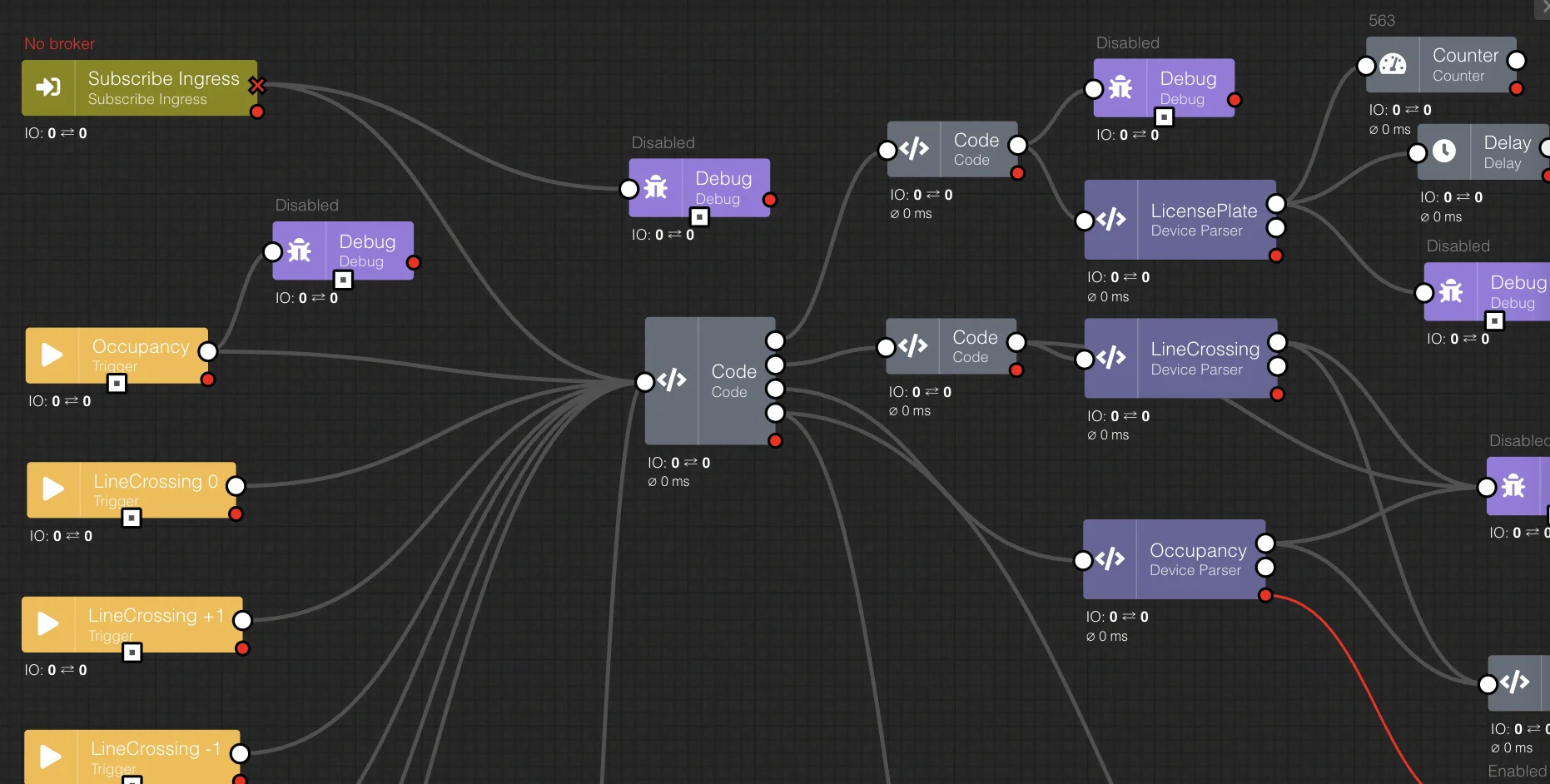Block Programming Module
Visually build and automate IoT logic — without writing code
The Block Programming (Flow) module empowers users to create and customize IoT workflows through an intuitive drag-and-drop interface. Whether you're automating smart city infrastructure, orchestrating device behavior, or developing cross-domain applications, Flow makes it simple — even without advanced programming knowledge.
With full support for event-driven logic, conditional branches, and modular design, you can automate complex processes in minutes. This module is designed for flexibility, scalability, and seamless integration with the rest of the Ambrella platform.

Key Capabilities

Visual drag-and-drop workflow builder
Design IoT logic by connecting visual blocks — no need to write code.
No-code adapter deployment and hot deployment
Integrate devices and data sources instantly, without system downtime.
Event triggers based on time, thresholds, geography, or external inputs
Respond to real-world events in real time with smart automation logic.
Manual, conditional, and automated tasks in one flow
Combine approval steps, notifications, and automatic processing in unified workflows.
Built-in transformation library for data manipulation
Clean, map, and process data visually using predefined tools.
Reusable event templates
Save and reuse workflows to ensure consistency and speed up development.
Hierarchical orchestration and custom processing chains
Support for nested workflows, chained events, and modular automation strategies.
Secure and monitored execution
All workflows run in a fault-tolerant, secure environment with full logging and error handling.
Seamless cross-module integration
Flows can interact directly with dashboards, alerts, analytics, device management, and external APIs.
Connected Modules
Flows created in this module can directly trigger device actions (via Device Manager), update dashboards, send notifications, generate logs (via Logging), or publish live data (via Data Publication).
This makes it the central logic layer of the platform — coordinating data, devices, and user-facing outputs.

